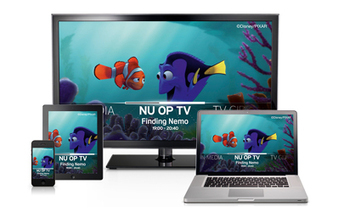Although Ultra HD was the visible headline story from IBC2013, with demonstrations of the new format everywhere, the serious business, when you scratched beneath the surface, revolved around multiscreen TV yet again. The technologies to get multiscreen deployed and then make it a compelling user experience have dominated the last five shows, with only 3DTV offering any serious challenge for the crown before disappearing off our radar. This year the focus was on personalizing and monetizing multiscreen TV more effectively, while there is also a trend towards end-to-end multiscreen solutions (including multi-vendor pre-integrations) and managed services. A key driver for these last two trends is the need to help smaller operators into the multiscreen market.
Research and publish the best content.
Get Started for FREE
Sign up with Facebook Sign up with X
I don't have a Facebook or a X account
Already have an account: Login
Monitoring innovations in post-production, head-end, streaming, OTT, second-screen, UHDTV, multiscreen strategies & tools
Curated by
Nicolas Weil
 Your new post is loading... Your new post is loading...
 Your new post is loading... Your new post is loading...
|
|











